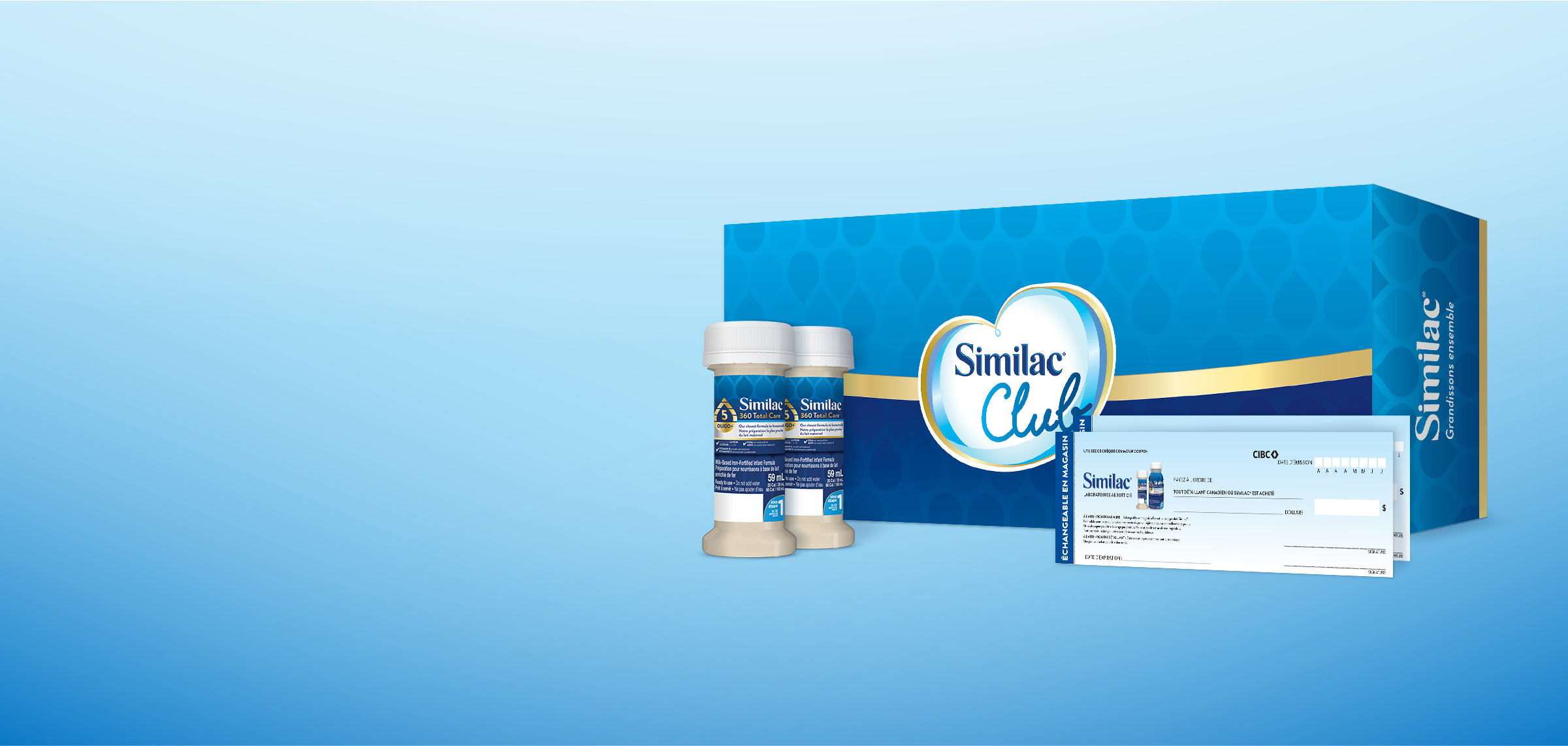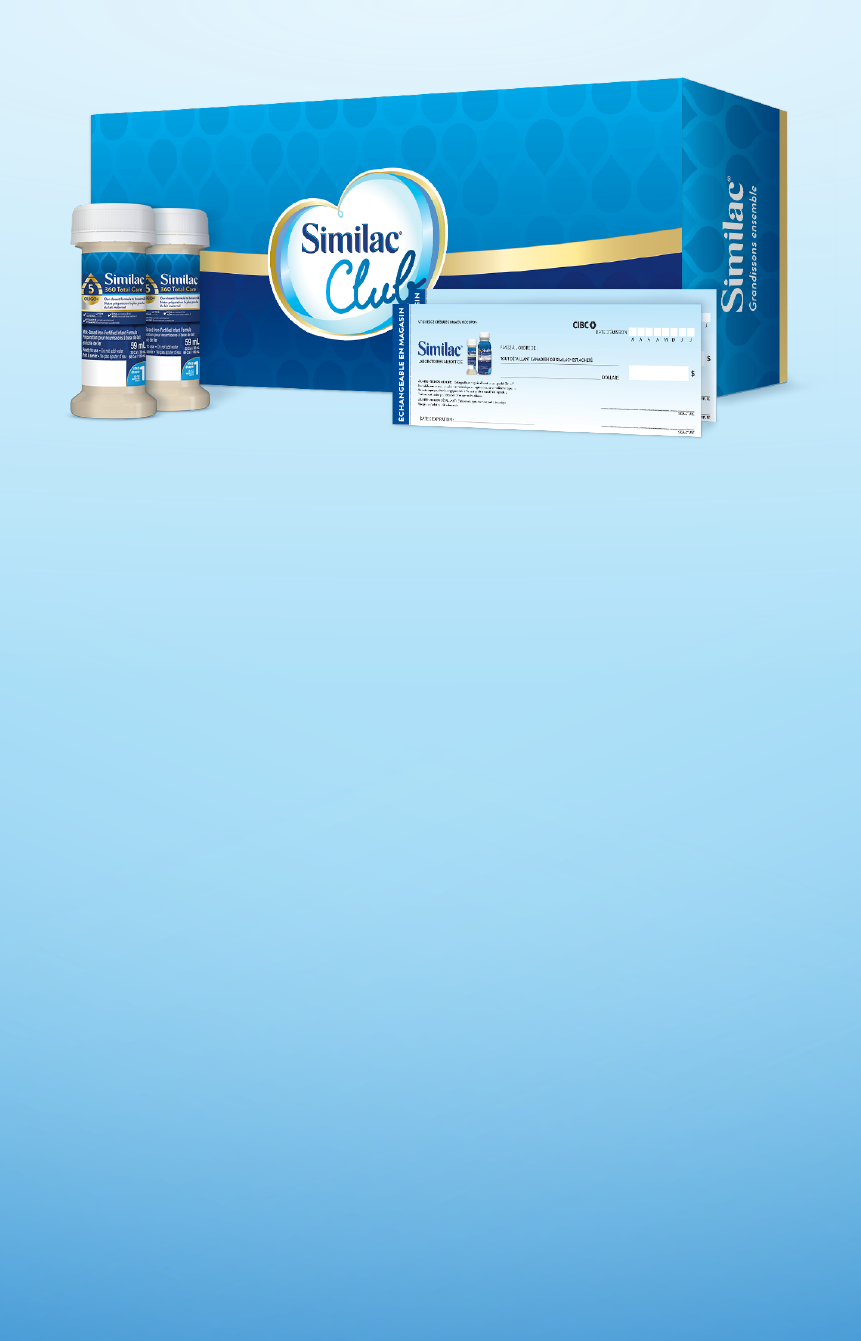Your toddler's nutritional needs are different from when she was a baby. To add to this, mealtime can seem more like playtime now that your toddler is learning to feed herself, and it's hard to tell how much food is actually making it into her mouth.
Go & Grow by Similac® Step 3 is an everyday drink formulated to complement the nutrition of toddlers 12-36 months and is designed to help support growth and development.
NEW! Go & Grow by Similac® now contains 2'-FL.†‡ Found in breast milk, 2'-FL helps build the immune system. Go & Grow by Similac® is the first and only toddler drink with 2'-FL†‡ in Canada!
This everyday toddler drink is non-GMO*‡ and made with milk from cows not treated with artificial growth hormones.
Feel confident about complementing your child’s nutrition!
Let’s look at components in Go & Grow by Similac® that are limited in cow’s milk (per 250 mL):§



